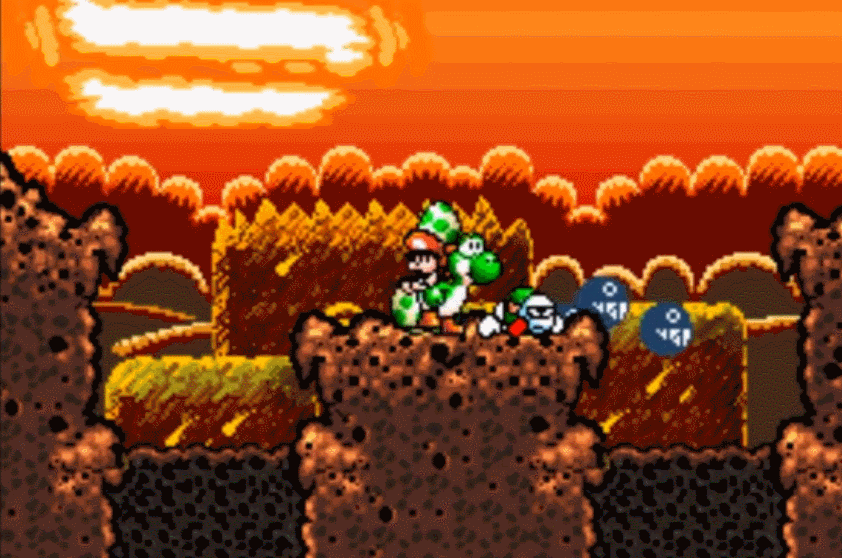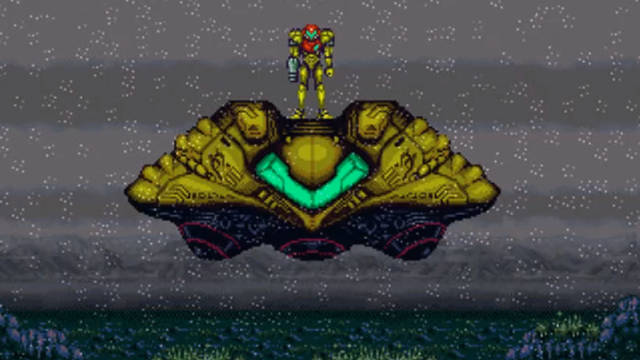The SNES is old. As much as I love the first Mario Kart, going back and loading up the Mode 7 graphics of Bowser Castle 1 feels quaint. A series of interviews with Nintendo developers from that era though serves as a good reminder of just how advanced the technology was at the time.
In a series of interviews done in conjunction with the release of the SNES Classic, people like Yoshio Sakamoto, the creator of Metroid, and the director of Super Mario World, Takashi Tezuka, discussed what it was like working a system that could do so much more than its predecessor, the NES.
We take it for granted now that programmers and designers are always adapting to advances in technology, and while that’s always been the case with arcade cabinets and PCs, the move from the NES to the SNES was the first shift between console generations Nintendo had to adapt to.
While it brought a lot of challenges, it also afforded new opportunities for people working on sequels to the likes of Super Mario Bros. 3 and Metroid to add completely new elements.

Hisashi Nogami, the director of Animal Crossing, got his start designing characters for Yoshi’s Island noted the following,
“A lot of things surprised me. For example, there’s a foreground and background with overlapped scrolling. It introduced things that made me say, ‘Super NES can even do this!’
Yes. Another thing that made an impression was the action of the fence flipping around, and how characters that were in front of the fence would go behind it. Those were things that couldn’t have been done with NES, so I thought they were very interesting.”
It wasn’t just more pixels and better colours, the SNES allowed games like Super Mario World and Yoshi’s Island to have more depth by virtue of being able to accommodate more visual plates spinning in the air at once. Levels became more dynamic and ended up feeling more alive as a result.
Talking about the realisation of what the new hardware afforded him, Sakamoto put it like this,
“I thought it was completely different from NES. With NES, what we could do was simple. But with Super NES, unless you put in a lot of thought beforehand and drew up thorough designs, things that should be possible would become impossible.
For example, once development had made some progress, if I told a programmer to make something spin, he might say that it was no longer possible. And I didn’t know much about technology, or rather I was unacquainted with it.”
On Super Metroid, the director worked with Yamamoto to get the sounds just right. Speaking about the quality of the SNES compared to the NES in the audio department, the latter said “NES basically has three PSG channels plus noise for a total of four, so the distinctive ‘NES sound’ is all we could do. But the Super NES sound generator allowed use of recorded sounds simultaneously on eight channels, so the expressiveness was remarkably richer.”
Anyone who’s played Super Metroid knows it has some of the best sound design and music of any game on the console. It helps make individual moments richer, but also, when taken as a whole, makes the entire thing feel cinematic in a way NES games just couldn’t. Yamamoto and Sakamoto both worked together on a Japan-only game called Famicom Tantei Club Part II: Ushiro ni Tatsu Shōjo. A scene at the end of it features some lightning used for dramatic effect. It was something only made possible by the new hardware and which Sakamoto hoped to replicate for Super Metroid.
“Early in Super Metroid, Samus lands on Crateria and lightning flashes,” said Yamamoto. “For that, I think I was able to generate a realistic sound without taking up too much memory. Sakamoto was also extremely picky about the sound of the baby Metroid.”
Sakamoto continued,
“For example, after the baby Metroid swoops at Samus and you realise that it thinks of her as its mother, it makes an uneasy sound like ‘Pwee! Pwee!’ And when it gets shot, it makes a pained sound like ‘Pweeeee!’ They’re all ‘pwee’ sounds, but I wanted them to convey different emotions depending on the situation.
I remember working terribly hard on the baby Metroid cries. The other day, while working on Metroid: Samus Returns for Nintendo 3DS, I retrieved the data for Super Metroid and checked it out. The baby Metroid had three different sounds, and when I listened to them, I thought, ‘Ah, they really do express emotion!’”
You can read more of the interviews here.

Comments
One response to “Nintendo Devs Reminisce About Making The Leap To The SNES”
I’m surprised no-one ever talks about Axelay. I always thought the graphics and sound of that title were 2nd to none at the time.